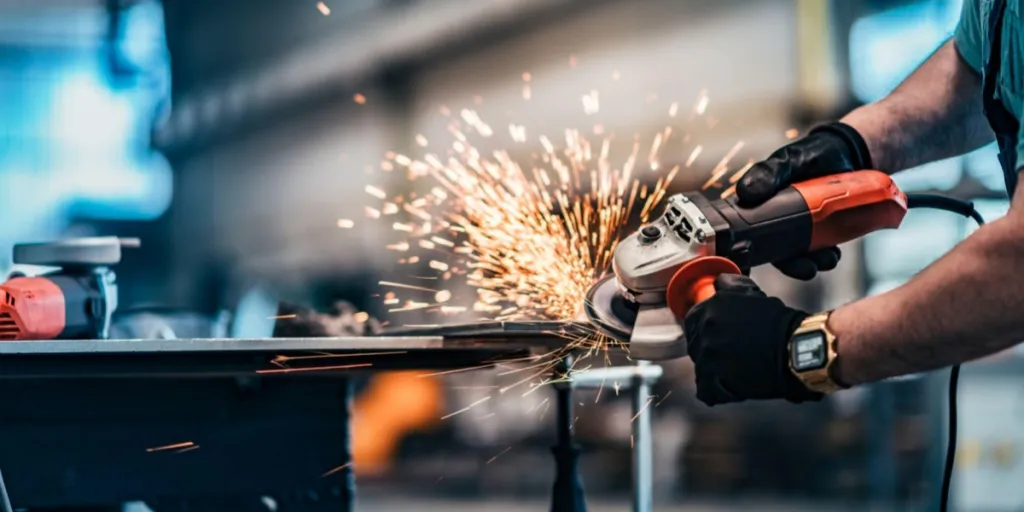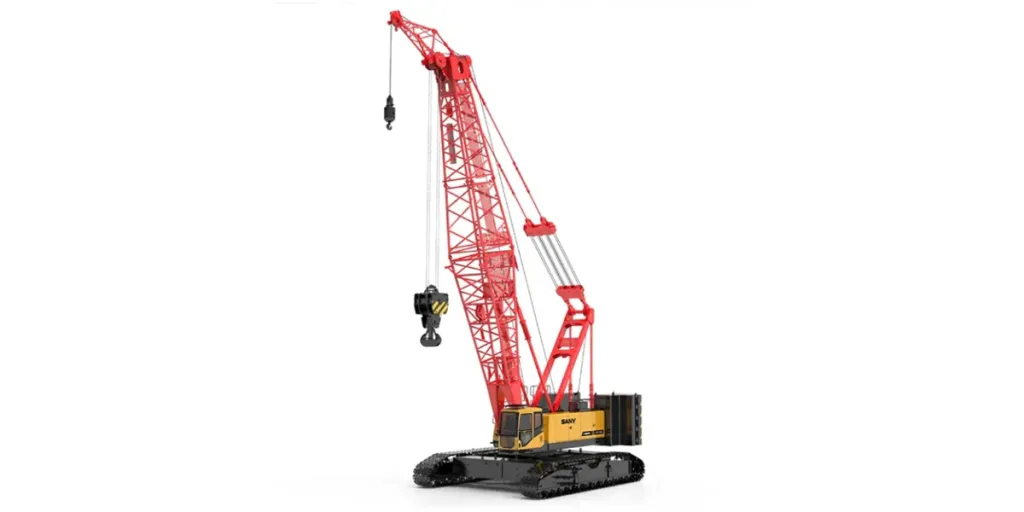A cultivator is a vital tool for any farmer or gardener. Cultivators stir and loosen compacted soil to prepare farms or gardens for planting. They also aerate the soil and remove weeds to promote healthy crop growth.
Cultivators typically have several teeth or shanks that break up the soil as they are pulled along it. However, while cultivators serve the same core function, various options are available, and selecting the right one can prove a challenge.
In this guide, we’ll explore the key factors to consider when choosing a cultivator to help you provide your customers with the most suitable options for their needs.
Table of Contents
Different types of cultivators
Factors to consider when selecting a cultivator
Cultivators for every farm or garden
Different types of cultivators
There isn’t a one-size-fits-all cultivator. Different cultivators are suitable for different projects and purposes. Here are the different types of cultivators available on the market:
Disc harrows
Disc harrows, also known as disc cultivators, are fitted with multiple steel discs called gangs. The gangs are affixed to a heavy steel frame and pulled by a tractor or other heavy-duty vehicle.
Disc harrows are ideal for cultivating rocky, compact soil as their blades can break up dense soil easily.
Tine and chain harrows
Tine and chain harrows consist of several tiny tines and chains. These tines and chains break up soil that’s already relatively loose by getting rid of large lumps.
Tine and chain harrows are primarily used as a refining tool to cultivate soil that’s been cultivated using heavier machinery such as spring or rigid tine cultivators.
Spring tine cultivator
Spring tine cultivators, also known as spring-loaded cultivators, have several adjustable tines with heavy springs that act as shock absorbers.
Spring tine cultivators are suitable for preparing seed beds for planting, aerating soil, eliminating weeds, and cultivating dense soil.
Rigid tine cultivators
Rigid tine cultivators, also known as chisel plows, consist of multiple long, straight tines that are rigidly attached to a main frame.
Rigid tine cultivators are ideal for tilling at deeper depths than spring tine cultivators. Chisel plows can also be used to prevent weed growth.
Factors to consider when selecting a cultivator
Here are key features to consider when selecting a cultivator.
Motor type
Most cultivators come with gasoline or electric motors, while others are manual. Here’s an overview of each motor type.
Manual
Manual cultivators, also known as hand cultivators, are typically used to break up or aerate the soil in small gardens. As a result, they are popular among hobbyists or home gardeners. Examples of manual cultivators include rakes and hoes.
Pros
- Light and easy to use
- Compact and easy to store
- Inexpensive
- Perfect for small gardens
Cons
- Unsuitable for large farms, as they require manual labor
- Unsuitable for breaking up heavily compacted soil
Gasoline
Gasoline cultivators are the most common cultivator type. As the name suggests, these cultivators are powered by a gas engine.
Gasoline cultivators come with two engine options: two-stroke or four-stroke engines. Models with four-stroke engines offer better fuel economy and make less noise than models with two-stroke engines. However, they are heavier, making them more challenging to use.
Pros
- Ideal for large farms, as they are powerful and don’t require manual labor
- Suitable for breaking up heavily compacted soil
Cons
- Bulkier and tougher to use than manual or electric cultivators
- Generally pricier than manual or electric cultivators
- Noisy, particularly models with two-stroke engines
- Require ample storage space
- Require regular oil changes, making them tougher to maintain
Electric
Electric cultivators are powered by electricity. They are typically less powerful than gasoline cultivators, making them best suited for medium-sized farms.
There are two types of electric cultivators: corded and cordless models. Corded models must be plugged into an electrical outlet to operate, so they limit mobility. On the other hand, cordless models run on battery power, allowing more freedom of movement.
Pros
- Lightweight and easy to use
- Compact and easy to store
- Produce less noise than gasoline cultivators
- Suitable for confined spaces where gasoline cultivators can’t be used, such as greenhouses
- Environmentally-friendly
Cons
- Corded models limit mobility, making them unsuitable for use on large farms
- Many cordless models offer short battery life, making them inappropriate for use on large farms
- Provide less power and torque than gasoline cultivators, making them unsuitable for breaking up heavily compacted soil
Power
Cultivators have different power ratings. On gasoline cultivators, the power is measured in horsepower (hp), while on electric ones, it’s measured in watts (W) or kilowatts (kW). Large farms or gardens require cultivators with higher power ratings than medium-sized or small farms or gardens.
Here’s how to choose a cultivator depending on the land size and power rating:
| Land size | Power rating |
| Less than 10 acres | 1.3 hp or 500-2,000 watts |
| 10 to 20 acres | 5-6 hp or 2,000-3,000 watts |
| More than 20 acres | 6-7 hp or 4,000-5,000 watts |
Operating width and productivity
A cultivator’s operating or cutting width refers to the width of land it can cover in one go. Cultivators with wide operating widths can cover more ground in less time and boost productivity. However, they can be tough to maneuver in tight spaces.
On the other hand, cultivators with narrow operating widths can’t cover ground quickly, but they are better suited for tight spaces.
As a rule of thumb, small gardens or raised beds require cultivators with an operating width of 20-40 cm, while large farms require cultivators with an operating width of 70-100 cm.
Plowing depth
A cultivator’s plowing or working depth denotes how deep it can dig into the soil. Generally, plowing depth ranges from 10 to 35 cm. The ideal plowing depth primarily depends on the soil type and crop.
Heavy soils like clay and deep-rooted plants require cultivators with a deep plowing depth of 30 to 35 cm. On the other hand, shallow soils like sand and shallow-rooted crops require cultivators with a shallow plowing depth of 10 to 15 cm.
Here’s a guideline for choosing cultivators depending on the plowing depth, soil type, and crop.
| Plowing depth | Soil type | Crop |
| 10 to 15 cm | Light, sandy soil | Shallow-rooted plants, e.g., lettuce, cauliflower, and cabbage |
| 15 to 25 cm | Moderately heavy soil | Moderately deep-rooted plants, e.g., peas, carrots, and beans |
| 30 to 35 cm | Heavy, clay soil | Deep-rooted plants, e.g., tomatoes, asparagus, and pumpkins |
Warranty
Warranties vary from one cultivator manufacturer to another. When assessing the warranties offered by different manufacturers, consider the warranty duration, the defects or malfunctions covered, and any caveats.
While some manufacturers may offer full warranties that cover all repairs and parts, others may offer limited warranties that exclude repairs and don’t cover certain parts.
Cultivators for every farm or garden
Choosing the right farm machinery is essential to maintaining a flourishing farm or garden. By considering factors such as the cultivator’s motor type, power rating, operating width, and plowing depth, you can offer customers cultivators suitable for their needs.
Check out Chovm.com for a wide range of cultivators for small, medium, and large gardens or farms.








